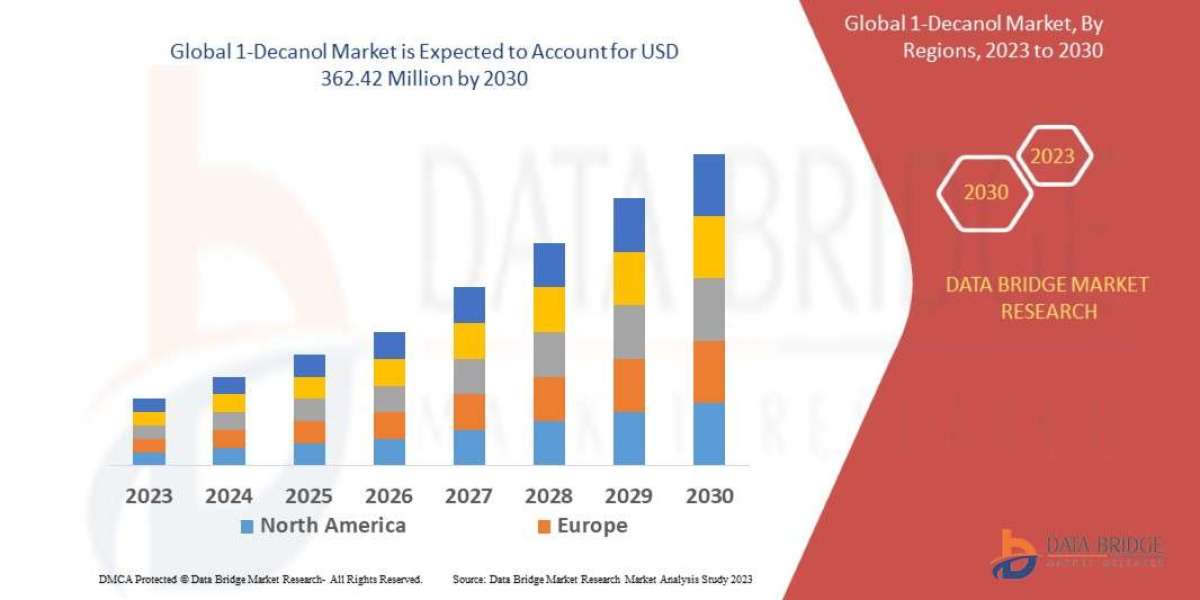The landscape of human resources and leadership development is perpetually evolving, adapting to the shifting dynamics of workplace culture, employee expectations, and organizational needs. At the forefront of this evolution stands the 360 degree assessment, a tool that has revolutionized the way feedback is gathered, processed, and utilized to foster growth and development across all levels of an organization.
The Genesis of 360-Degree Feedback
Originating from a holistic approach to understanding employee performance, the 360-degree assessment collects feedback from a full circle of observers. This includes supervisors, peers, subordinates, and in some cases, customers or clients. Unlike traditional assessments that offer a singular perspective, the 360-degree view provides a multi-faceted insight into an individual's work behaviour, skills, and competencies.
The Cornerstone of Employee Feedback
In the realm of human resources, the 360-degree assessment has emerged as a cornerstone for crafting detailed, nuanced feedback. It shifts the narrative from a top-down evaluation to a communal, comprehensive input process. This feedback model supports individuals in understanding how their actions and performance are perceived across the organization, thus offering a more balanced view of their strengths and areas for improvement.
Leadership Development Through a New Lens
For organizational developers and leadership coaches, the 360-degree assessment is a beacon guiding the development of effective leadership. Providing leaders with feedback from every direction illuminates blind spots and highlights areas of success. Consequently, leaders can tailor their personal development plans, enhancing their ability to motivate, inspire, and lead their teams toward achieving shared goals.
A Catalyst for Organizational Growth
The integration of multisource evaluations via 360-degree feedback is pivotal in aligning individual performance with organizational objectives. By identifying key areas for development and recognizing standout talents, organizations can strategically invest in training and development initiatives. This alignment not only propels individual careers forward but also drives organizational growth, adaptability, and resilience in an ever-competitive landscape.
Transforming Performance Reviews
The 360-degree assessment redefines the traditional performance review process. By incorporating a wide array of perspectives, performance discussions become more inclusive, transparent, and actionable. Employees receive a comprehensive analysis of their performance, which fosters a deeper understanding of their role within the larger organizational ecosystem and encourages a proactive approach to personal development.
Personalized Development Strategies
One of the greatest strengths of the 360-degree assessment lies in its ability to inform personalized development strategies. With detailed feedback from various sources, HR professionals can devise targeted training programs that address specific competencies and skills. This bespoke approach ensures that development efforts are not only efficient but also effective in enhancing the organization's human capital.
Navigating the Challenges
Implementing a 360-degree assessment system is not without its challenges. Concerns over anonymity, feedback bias, and the potential for negative repercussions require careful management. Success hinges on creating a culture that views feedback as a developmental tool rather than a punitive measure. Clear communication, confidentiality safeguards, and a supportive feedback culture are essential components in realizing the full potential of the 360-degree assessment.
Conclusion
What is a 360-degree assessment? The 360-degree assessment stands as a testament to the transformative power of comprehensive feedback. As organizations continue to navigate the complexities of talent management and leadership development, this tool offers a way to foster a culture of continuous improvement, mutual respect, and shared success. By embracing the insights afforded by the 360-degree assessment, organizations can not only enhance individual performance but also catalyze growth and innovation at every level. As we look to the future, the 360-degree assessment remains a key pillar in the quest to unlock the full potential of our most valuable asset: our people.







